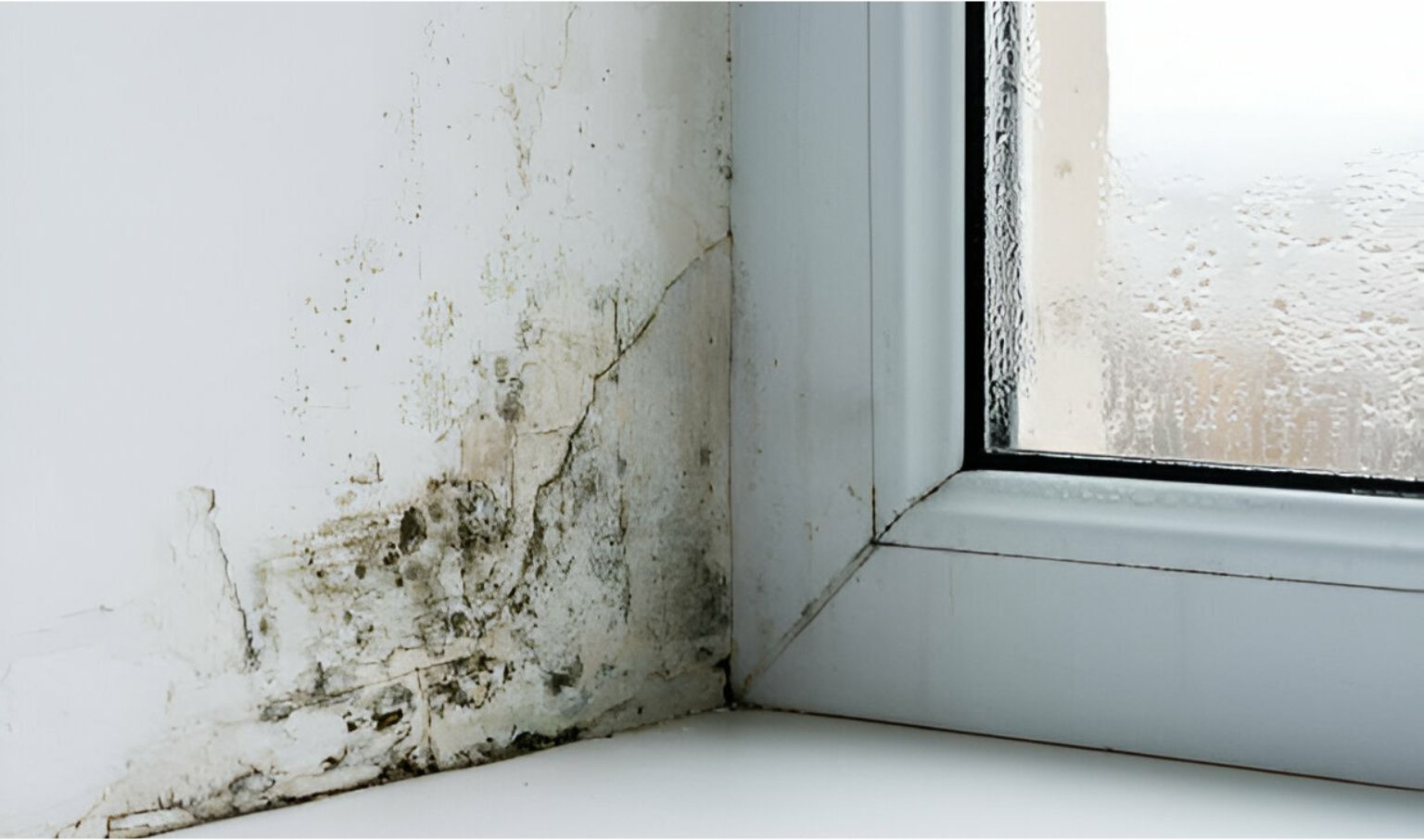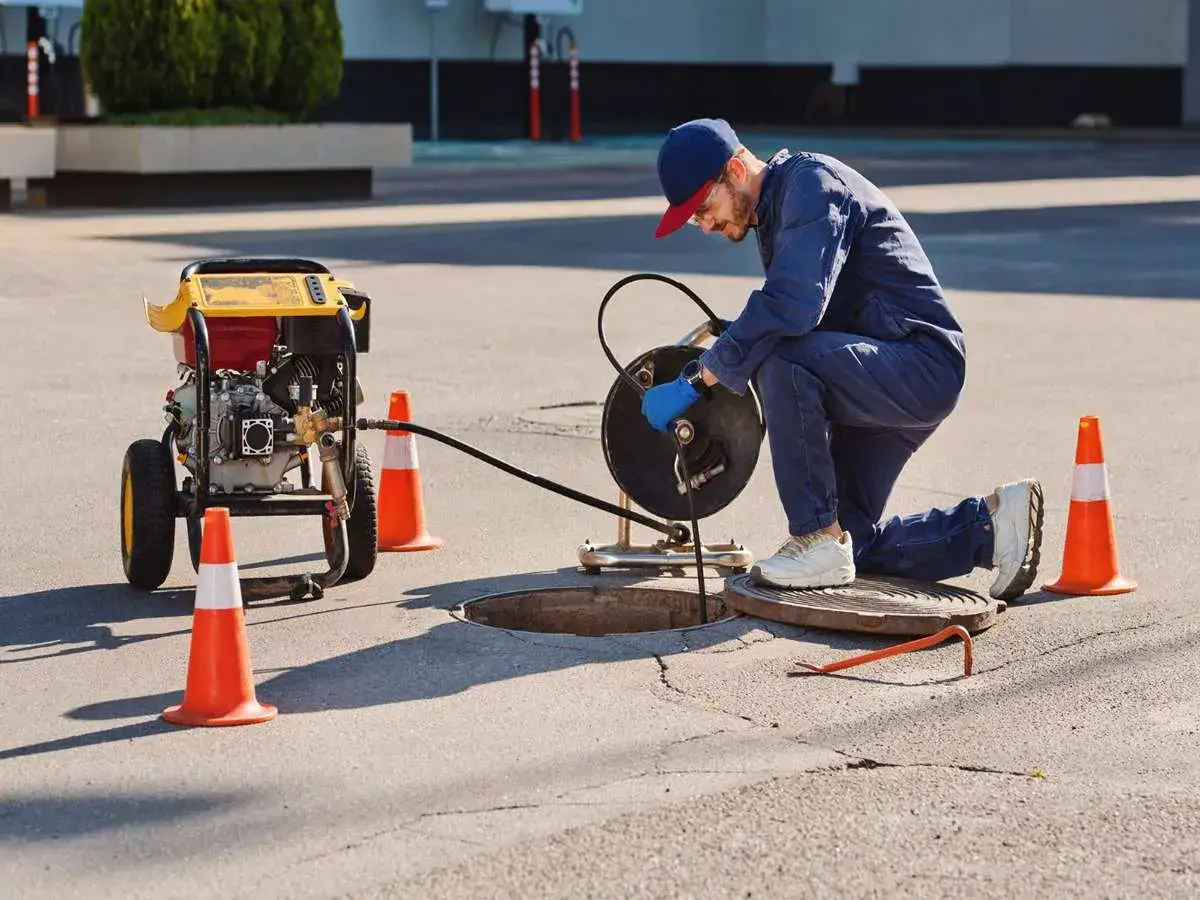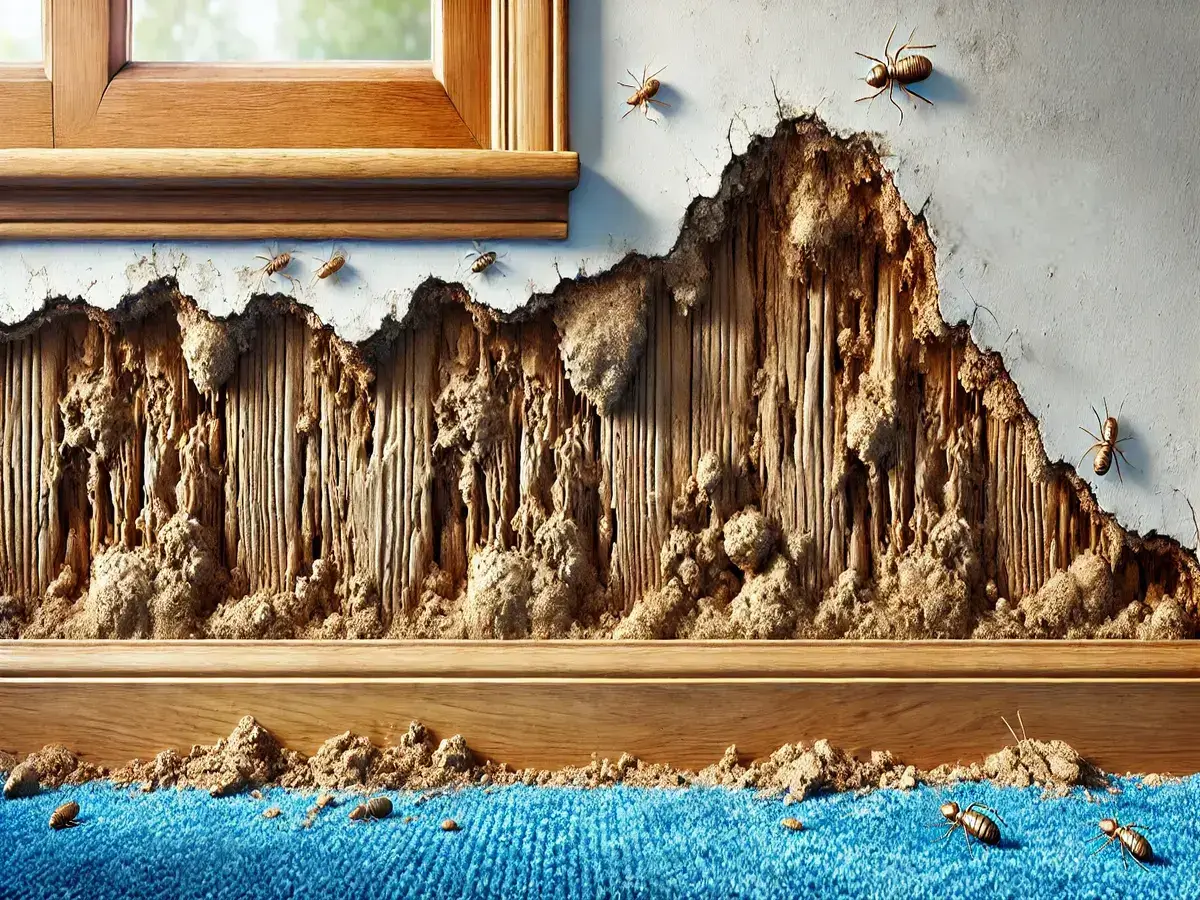Buying a home is always a thrilling experience. You walk through beautiful kitchens, cozy living…

What Are the 10 Warning Signs of Mold Toxicity?
Breathing mold-rich air can lead to significant health risks, with different signs and symptoms that indicate potential toxicity. If you or your family are exposed to higher levels of mold, then they may experience respiratory issues like coughing, shortness of breath, and wheezing. Also, allergic reactions like nasal congestion, sneezing and skin irritation can be some basic signs that you can look out for. But before we go into that, we need to answer some pressing questions about mold toxicity.
Determining if mold is toxic is quite challenging. But it also involves assessing different visible signs like musty odors and observing health symptoms like headaches, skin irritation, etc. One most accurate ways is by scheduling professional mold testing. It won’t just provide evidence of toxicity but also prompt remediation for any mold growth to prevent health risks.
In fact, most of the time, the mold becomes apparent in different areas of your home, mostly on walls. What’s interesting here is that it can range in different types, such as, black mold, white mold, and visible mold. Here, don’t confuse “black mold” with “black toxic mold”. Black mold is just any mold that appears black or dark in color. Whereas black toxic mold is typically a specific type of mold that is actually toxic and is known as Stachybotrys chartarum.
Each of the mold types differs in their effects, risks, and toxicity. It’s already obvious that black mold can be toxic, but it doesn’t mean you don’t have to stay cautious with white mold – it can also act toxic at times, but not always.
Now, coming back to the warning signs of mold toxicity. In this blog, we’ll particularly be talking about those. So, read on to know whether you’re dealing with mold toxicity in your home.
Warning Signs of Mold Toxicity
If one of your concerns these days is that your home might be undergoing mold exposure, but you still aren’t sure. Or if you haven’t found it yet, you need to pay particular attention to your and your loved ones’ health in your home. Following are 10 warning signs of mold toxicity that most likely indicate the presence of mold in your home.
Cognitive Issues
One of the most important warning signs of mold exposure is cognitive issues; these may include brain fog, poor memory and anxiety. If you’re dealing with mold toxicity in your home, then it’s highly likely that you experience difficulty concentrating. In fact, you might also experience issues in remembering particular events, details, etc.
Fatigue
Mold toxicity can be one of the reasons for issues like tiredness, dizziness and fatigue. In general, we can credit it for the body’s weakness. Lately, if you have noticed any of such symptoms frequently, then it’s time to check your home for mold, and there is a high chance that you might find it. The reason behind this is that mold spores move through the lungs and nasal passages, which eventually causes these issues.
Headaches and Migraines
Other signs of mold toxicity are headaches and migraines. If you or any of your loved ones have been experiencing these issues over and over again, you need to check your home for mold toxicity. Besides this, you also better go see a doctor immediately.
Skin Issues
You can experience different skin issues when exposed to mold toxicity. Whether it be itching, skin rashes, or hives, these are all signs that a significant issue is lurking in your house. Whereas, besides looking out for mold, you may also consult your doctor or dermatologist ASAP before your skin condition worsens. You may also use hydrocortisone creams that can help you with skin issues.
Respiratory Issues
If your home is exposed to mold, then you might notice frequent wheezing, shortness of breath, coughing, etc. In fact, your asthma attack might also get triggered if you’re experiencing mold toxicity. In this case, you may need to check for mold, as respiratory issues are one of the major warning signs of mold toxicity and its exposure.
Digestive Issues
If you’re experiencing mold toxicity, then you might also experience gastrointestinal issues like:
- Nausea
- Vomiting
- Abdominal pain
- Diarrhea
- Intestinal bleeding
You might experience mold toxicity in food, more particularly. This is why it’s better to check for mold in areas where you store food and spices. Checking for mold is really important to avoid inhaling or ingesting food products with mold contamination. Not to mention, these changes might also cause changes in appetite and weight.
Joint Pain and Muscle Aches
Joint pain, stiffness, and aches are also signs of mold toxicity. In fact, it can also result in infections and fungal arthritis. It is important that you also remain vigilant and look out for tingling and numbness in the body.
Mood Changes
There is a chance that for your significant mood changes, mold toxicity is to blame. There could be major shifts in your mood, including mental health issues, anxiety, and depression. All of these are major signs of mold toxicity. It can (and does) affect the brain’s neurotransmitter functions and also affects the production of chemicals serotonin and dopamine. Moreover, mold exposure might also lead to loss of sleep or insomnia, which further results in mental and emotional changes.
Allergies
This is one of the most common signs of mold toxicity. It involves symptoms like watery eyes, itchy throat, congestion, eczema, and a runny nose. All of these serve as the warning signs of mold toxicity. If you or anyone in your family has a history of allergies, exposure to mold can make it all worse.
Sensitivity in Senses
Mold exposure also results in sensitivity in your senses, like sound and sight. You might also experience an increase in sensitivity to noises and light exposure; both of these serve as symptoms. These cause discomfort and can also lead to different issues like insomnia and mood changes.
10 Warning Signs of Black Mold Toxicity
General mold toxicity and black mold toxicity are two different types, and the latter one is related to “black mold”. Black mold usually gets more attention because it has the potential to produce mycotoxins. However, not all black molds produce toxins, and not all mold toxicity is caused by black mold. Here are some of the most common warning signs of black mold toxicity:
- Wheezing
- Headaches
- Coughs
- Fatigue
- Skin infections
- Watery eyes
- Digestive problems
- Joint pain
- Mood changes
- Cognitive problems
Conclusion
Long-term mold exposure can lead to serious health consequences that just won’t trigger allergies but will also result in other major health problems. In fact, prolonged exposure to mold can also trigger existing conditions like asthma and might also lead to chronic respiratory issues.
Also, certain mold produces mycotoxins, which are toxic substances causing more serious health effects over time. These may include neurological problems and immune system suppression.
When it comes to dealing with mold exposure, indoor air quality testing can play a major role. It helps in identifying the presence and concentration of mold spores within your house. This also helps in assessing mold levels, accurately, letting you take proactive measures to mitigate exposure risks. Besides, you can also implement targeted remediation efforts, ultimately improving indoor air quality to protect your and your loved one’s well-being.
Discover the unseen with Advantage Inspection Service advanced visual mold inspection service! Our experts use state-of-the-art technology and techniques to identify mold growth, ensuring your property is safe and healthy. Don’t let mold lurk in the shadows – schedule your visual mold inspection today!



